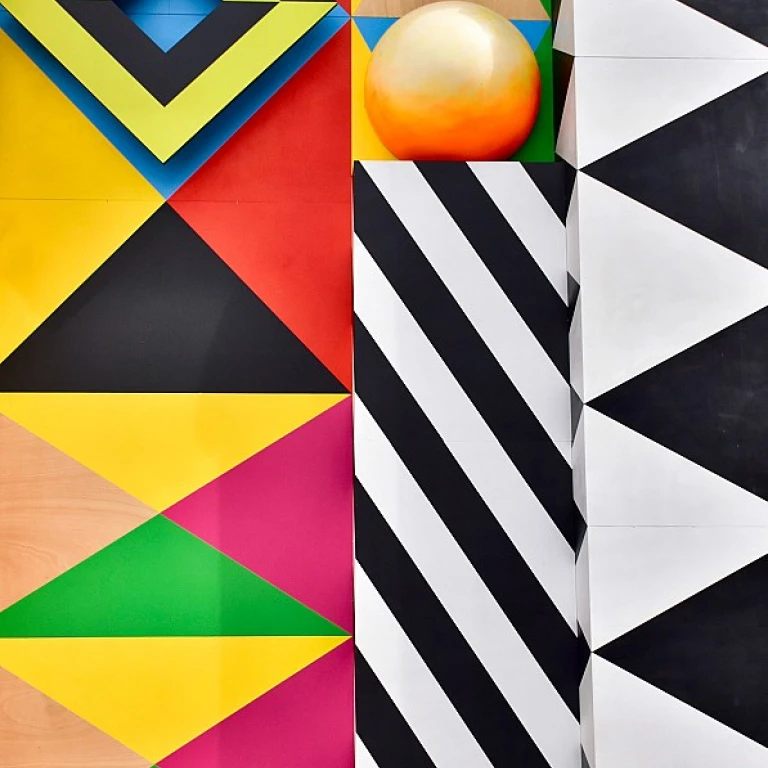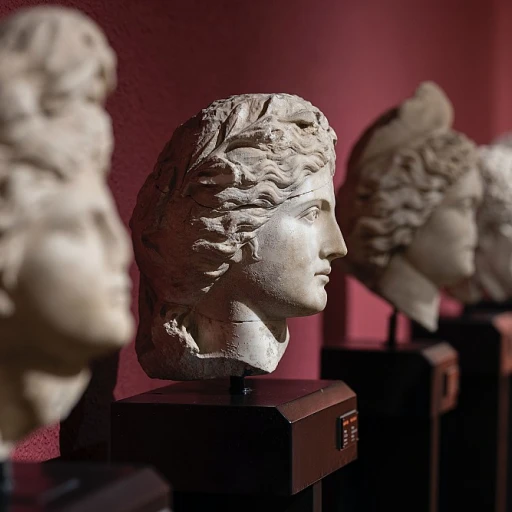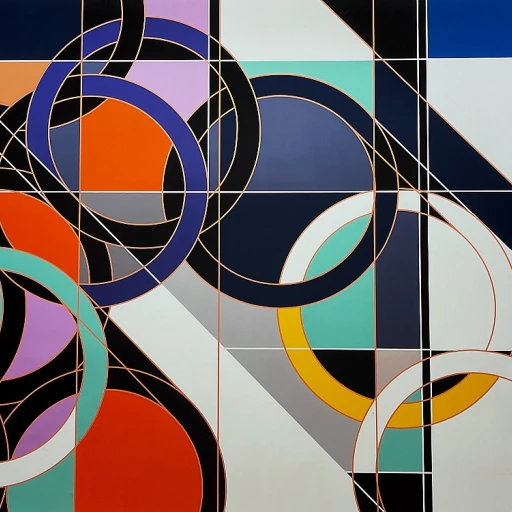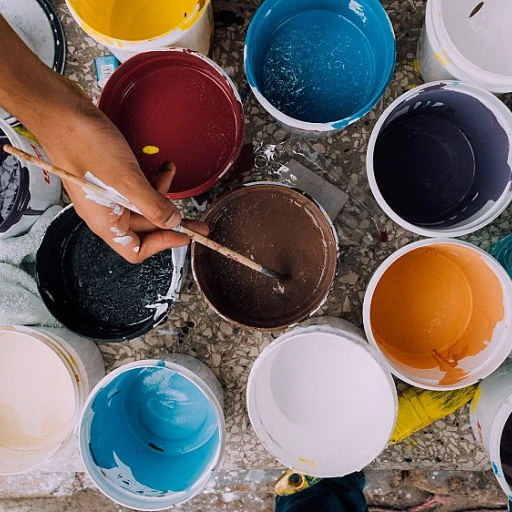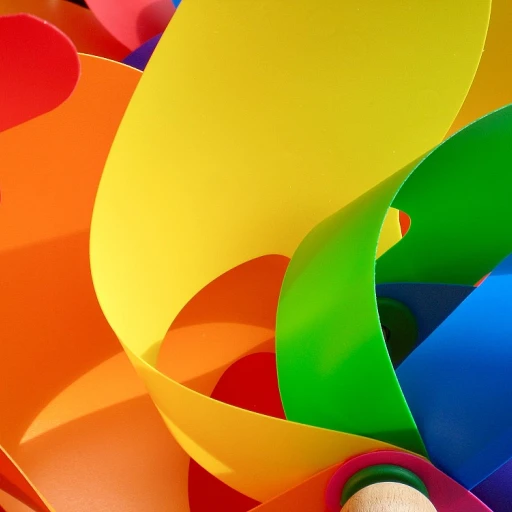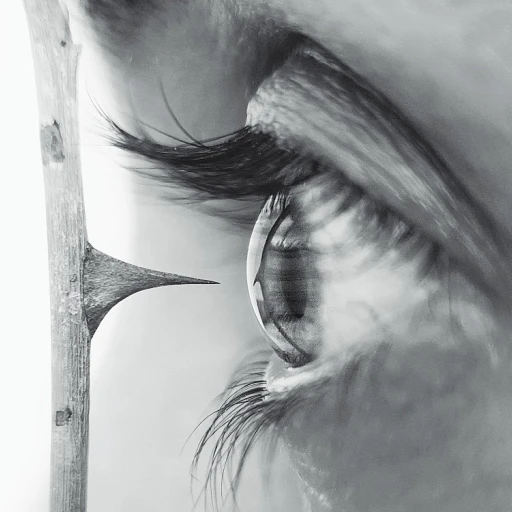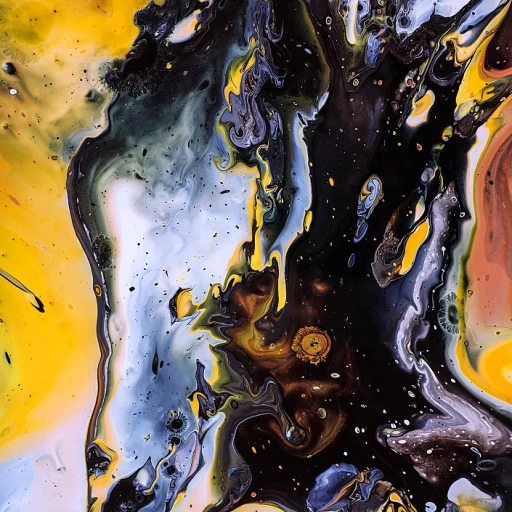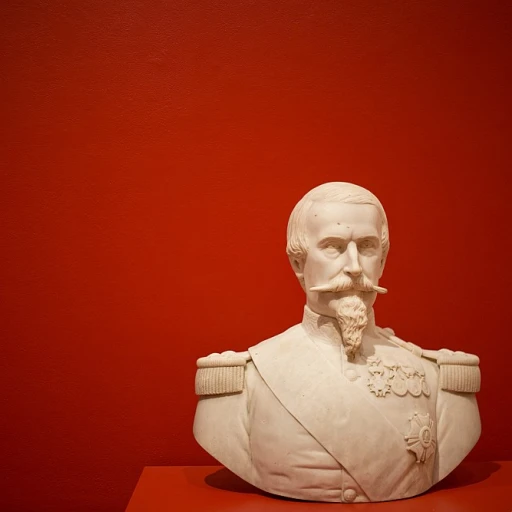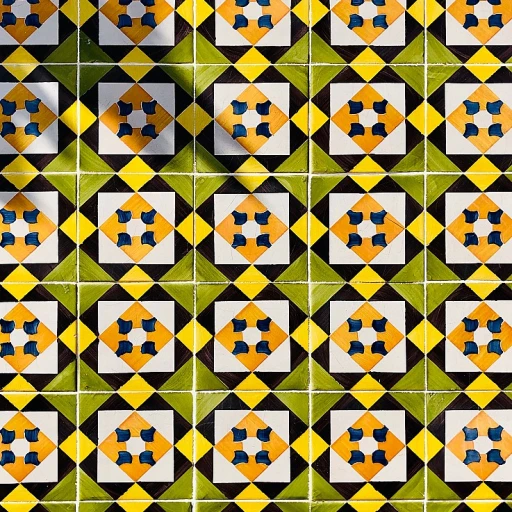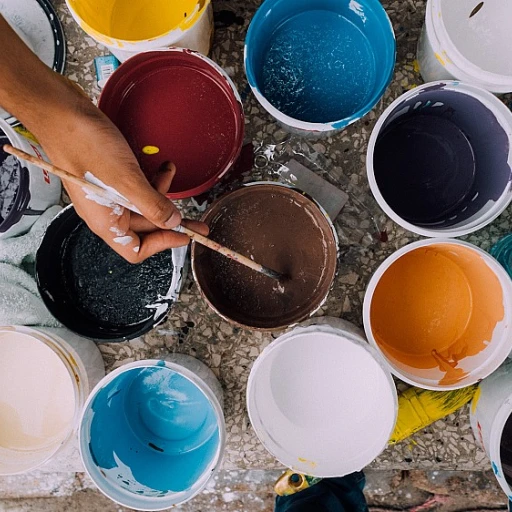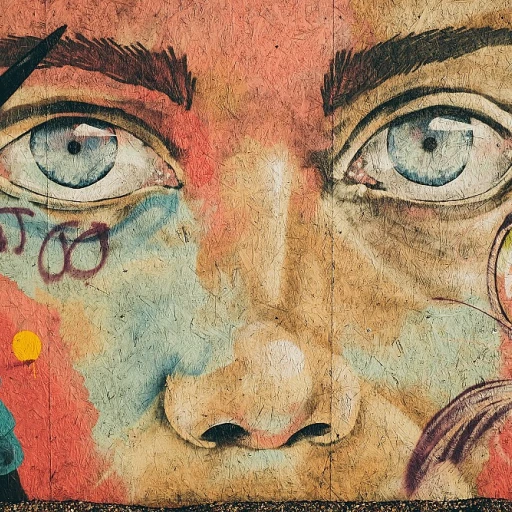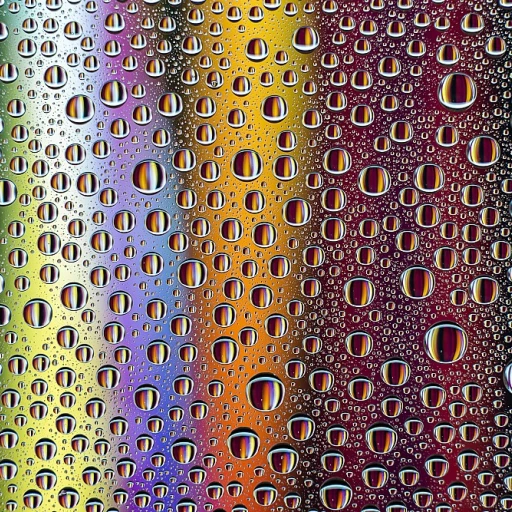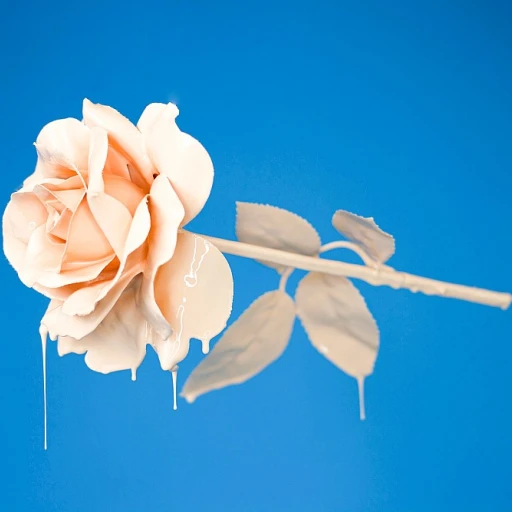-teaser.webp)
The Essence of Surface Pattern Design in Luxury Art
The Intricacies of Surface Patterns in Luxury Art
Surface pattern design in luxury art is an intricate dance between creativity and precision. At its core, it is about creating a visual language that speaks to the elegance and sophistication of high-end art. This art form is not just about the aesthetics; it’s a meticulous process that involves the interplay of colors, textures, and forms to create patterns that are both visually stunning and emotionally resonant.
Luxury artworks often incorporate a unique allure that is deeply rooted in the choice of patterns and designs. These patterns are not just random designs; they are carefully crafted to evoke certain feelings and convey specific messages. The use of repeat patterns, for instance, can create a sense of continuity and harmony, while intricate surface designs can add depth and complexity to a piece.
Pattern designers in the luxury art world are akin to storytellers, weaving tales through their designs. They often start with a concept or a theme and then use tools like Adobe Illustrator and Photoshop to bring their vision to life. These tools allow designers to experiment with different elements and refine their designs until they achieve the perfect balance.
The journey of a pattern designer often begins with an immersion course in surface design, where they learn the foundational techniques and principles of pattern creation. Over time, with practice and experience, they develop their own unique style and build a design portfolio that showcases their work. This portfolio is not just a collection of designs; it’s a testament to the designer’s creativity, skill, and dedication to their craft.
In the world of luxury art, surface pattern design is more than just a decorative element; it’s an essential component that enhances the overall impact of the artwork. As we explore further, we’ll see how historical influences, innovative techniques, and modern technology continue to shape and evolve the world of luxury surface patterns.
Historical Influence on Modern Surface Patterns
The Influence of History on Contemporary Surface Patterns
Tracing the roots of modern surface pattern design reveals a rich tapestry of historical influences that continue to shape the sophisticated expressions seen in today's luxury artwork. Designers are constantly drawing inspiration from the past, adapting traditional elements into contemporary forms that captivate a discerning audience.
Surface patterns have long been intertwined with cultural evolutions, with motifs often symbolizing societal values and artistic movements. Over time, these historical patterns have informed today's design trends, where they are theatrically reinterpreted by skillful designers.
The glorious art deco of the 1920s, known for its opulent and symmetrical patterns, still echoes in the intricate geometric designs fashioned by contemporary pattern designers. Similarly, the intricate floral patterns of Asian traditional art offer a timeless source of inspiration, often showcased in luxurious textiles and wallpapers today.
In more recent history, the 1960s and 70s ushered in a period of bold, repeating patterns characterized by psychedelic and abstract designs. These patterns have evolved to maintain their vibrant spirit but are now more refined for luxury applications, embracing elegance in their repetition.
The enduring appeal of historical influences in surface patterns is not merely nostalgia; it’s a dynamic interplay between the traditional and the contemporary. Today's pattern designers blend sophisticated techniques with historical references to create pieces that resonate with a modern yet timeless allure. This adaptation not only preserves historical relevance but also elevates the boundaries of luxury surface design.
This seamless blend of history within modern pattern artistry is a testament to why these designs continue to flourish in exclusive collections. For those keen on exploring more ways to incorporate such diverse designs in their home, see how they can elevate your holiday decor with luxurious Christmas wall art stickers, showcasing surface patterns in innovative forms.
Techniques and Materials in Luxury Surface Patterns
Unveiling the Craft of Surface Pattern Design
In the realm of luxury art, the meticulous attention to the craft of surface pattern design elevates each piece to an exemplary artifact of innovation and taste. At its core, this art form marries aesthetics and functionality, nurturing the visual identity of a work through a kaleidoscope of intricately combined elements—colors, motifs, and textures. Designers often start by creating conceptual sketches, which are gradually transformed into detailed designs using tools like Adobe Illustrator. The choice of materials plays a pivotal role in the creation of these patterns, influencing both the texture and the finish of the final product. The variety of textures—ranging from smooth silk to coarse canvas—offers a tactile feast, while the vibrant dyes and pigments ensure evolved color palettes. These designs are not merely intended for visual consumption but are crafted to evoke an emotional connection with the audience, a fundamental trait of luxury artwork. Furthermore, pattern designers engage in comprehensive courses that hone their expertise, teaching them to master the art of repeat patterns and surface design. This involves an in-depth learning process, often with tools like Adobe Photoshop and Affinity Designer, where designers can perfect the manipulation of designs for textiles and wallpapers. The introduction of Adobe Illustrator's features also allows for the free creation of complex, repeat patterns that are distinctive within the designer's portfolio. Surprisingly, the journey toward becoming a seasoned pattern designer is not linear. Each designer's portfolio is a testament to their evolution, marked by varied expressions of design patterns over time. The starting point for many involves an immersion course, where novices learn the foundational principles of surface design and gain insights into art licensing. The allurement of surface pattern design lies in its seamless integration into the tapestry of luxury artworks, as it contributes to both the market appeal and the consumer’s sensory experience. Thanks to technological advancements, these patterns continue to intrigue designers and art enthusiasts alike, ensuring they remain a central theme in modern luxury art.Renowned Artists and Their Signature Patterns
Influential Artists Shaping the Surface Pattern World
In the realm of luxury surface patterns, certain artists have carved a niche with their distinctive design portfolios. These patterns not only elevate the artwork but also serve as an identity hallmark for the creators. Through innovative use of technology and materials, these designs capture the luxury segment's essence. First, let's consider how an artist might utilize Adobe Illustrator and Photoshop in their work. These tools are integral for many designers when they embark on creating repeat patterns. By mastering the intricacies of Adobe software, such as learning to effectively deploy the repeat pattern function, an artist can craft designs with precise symmetry and depth. Over the course of time, surface pattern design has evolved, with the use of modern technologies acting as a catalyst. Affinity Designer is another resource that burgeoning pattern designers might turn to, and its versatility allows for a combination of traditional textile design techniques with contemporary applications. Moreover, designers who offer immersive courses on pattern design provide insights into the detailed steps needed to create compelling patterns. These courses often highlight the importance of understanding art licensing and the variables impacting consumer preferences. By learning from seasoned illustrators, emerging designers can refine their pattern collections to appeal to the luxury market. The impact of historical patterns can't be overlooked either. Historical influences are frequently reflected in the signature works of renowned artists. By drawing inspiration from past masterpieces, these artists construct a narrative within their surface designs, contributing to both aesthetic value and marketability. Ultimately, whether through in-depth design courses or self-taught exploration, understanding the art of surface pattern design is crucial for any artist looking to leave a lasting impression in the luxury sector. As luxury artworks continue to evolve, the mark of a signature pattern becomes an enduring testament to an artist's creative journey and vision.The Role of Technology in Evolving Surface Patterns
Technological Advancements in Surface Pattern Art
The realm of luxury surface pattern design has been significantly transformed with the advent of technology, allowing artists to explore new methodologies in their work. Technology acts as a catalyst for enhanced creativity, offering platforms like Adobe Illustrator and Photoshop, where pattern designers can create and manipulate intricate designs with ease. Today, designers have a multitude of tools at their disposal. Adobe Photoshop and Illustrator are staples in pattern design, providing the flexibility to adjust patterns in real-time and experiment with endless iterations. The ability to design and execute patterns seamlessly ensures that the designer’s vision is accurately translated onto the luxury artwork surface. The integration of technology in surface pattern design extends beyond the initial creation phase. Modern tools enable designers to develop repeat patterns or a complete pattern collection, setting a new precedent in the industry. For those willing to navigate the learning curve, design courses often include training on these platforms, enabling both aspiring and seasoned designers to get started with surface designs efficiently. Moreover, technology facilitates art licensing, an essential aspect for contemporary pattern designers who wish to share their designs on a broader platform. Licensing allows designs to be shared, thus promoting the designer's portfolio and increasing the visibility of their unique patterns. Affinity Designer, another powerful tool in the designer’s arsenal, offers an alternative or complement to Adobe’s suite with its own unique approach to design. As designers immerse themselves in technology, they learn to leverage its potential to enhance their creative output and bring luxurious, sought-after designs to life. As the digital landscape continues to evolve, it's imperative for designers to remain informed and poised to adapt. By mastering these technological innovations, designers can ensure their work remains at the forefront of the luxury art world.Market Trends and Consumer Preferences
Understanding Market Dynamics in Luxury Surface Pattern Design
The luxury art market is a dynamic ecosystem, with surface pattern design playing a pivotal role in defining contemporary trends. As the demand for unique and bespoke designs continues to grow, the influence of pattern designers has never been more significant. These artists are not just creating patterns; they are setting trends that influence consumer preferences globally.
In recent years, there has been a noticeable shift towards more intricate and personalized designs. Consumers are increasingly seeking patterns that tell a story, reflecting their personal tastes and experiences. This trend has led to a rise in demand for custom pattern designs, where designers work closely with clients to create one-of-a-kind pieces.
Emerging Trends in Pattern Design
- Personalization: The desire for personalized art pieces is driving innovation in surface design. Pattern designers are leveraging tools like Adobe Illustrator and Photoshop to create bespoke designs that cater to individual tastes.
- Sustainability: As environmental consciousness grows, there is a rising demand for sustainable materials and eco-friendly design processes. Designers are exploring new materials and techniques that minimize environmental impact.
- Digital Integration: The integration of digital tools has revolutionized the way patterns are created and repeated. Software like Affinity Designer offers designers the ability to experiment with complex repeat patterns, pushing the boundaries of traditional textile design.
Consumer Preferences and the Role of Technology
Technology plays a crucial role in shaping consumer preferences in the luxury art market. The availability of online design courses and immersion courses has democratized the learning process, allowing aspiring pattern designers to learn and master their craft. Platforms offering free resources and step-by-step tutorials have made it easier for individuals to get started with surface pattern design.
Moreover, the rise of digital portfolios and art licensing has opened new avenues for designers to showcase their work and reach a broader audience. As more consumers turn to online platforms to find unique art pieces, the importance of a strong digital presence cannot be overstated.
In conclusion, the luxury surface pattern design market is evolving rapidly, driven by consumer preferences for personalization, sustainability, and digital integration. As designers continue to innovate and adapt to these trends, the future of luxury artwork promises to be as vibrant and diverse as the patterns themselves.

